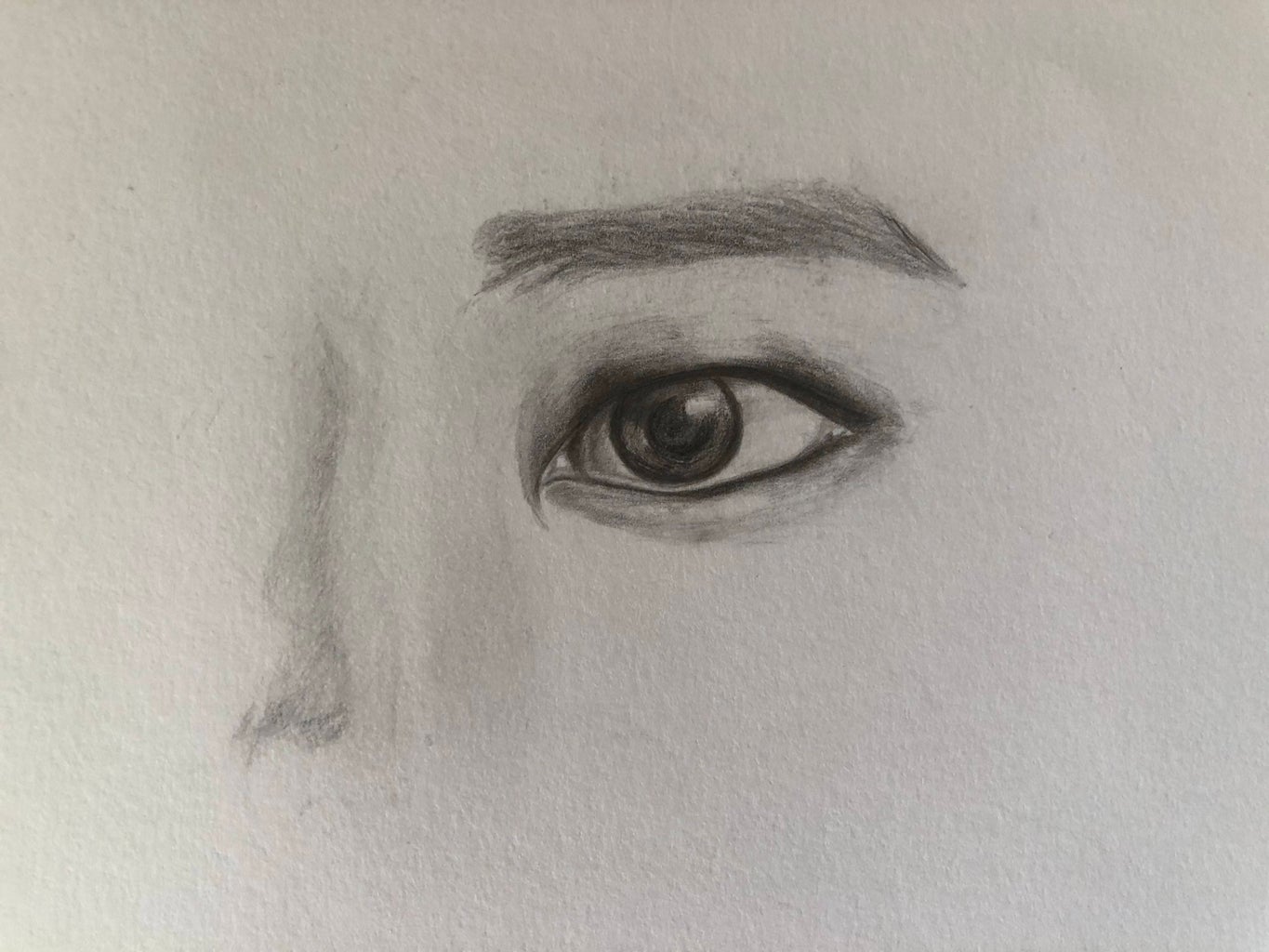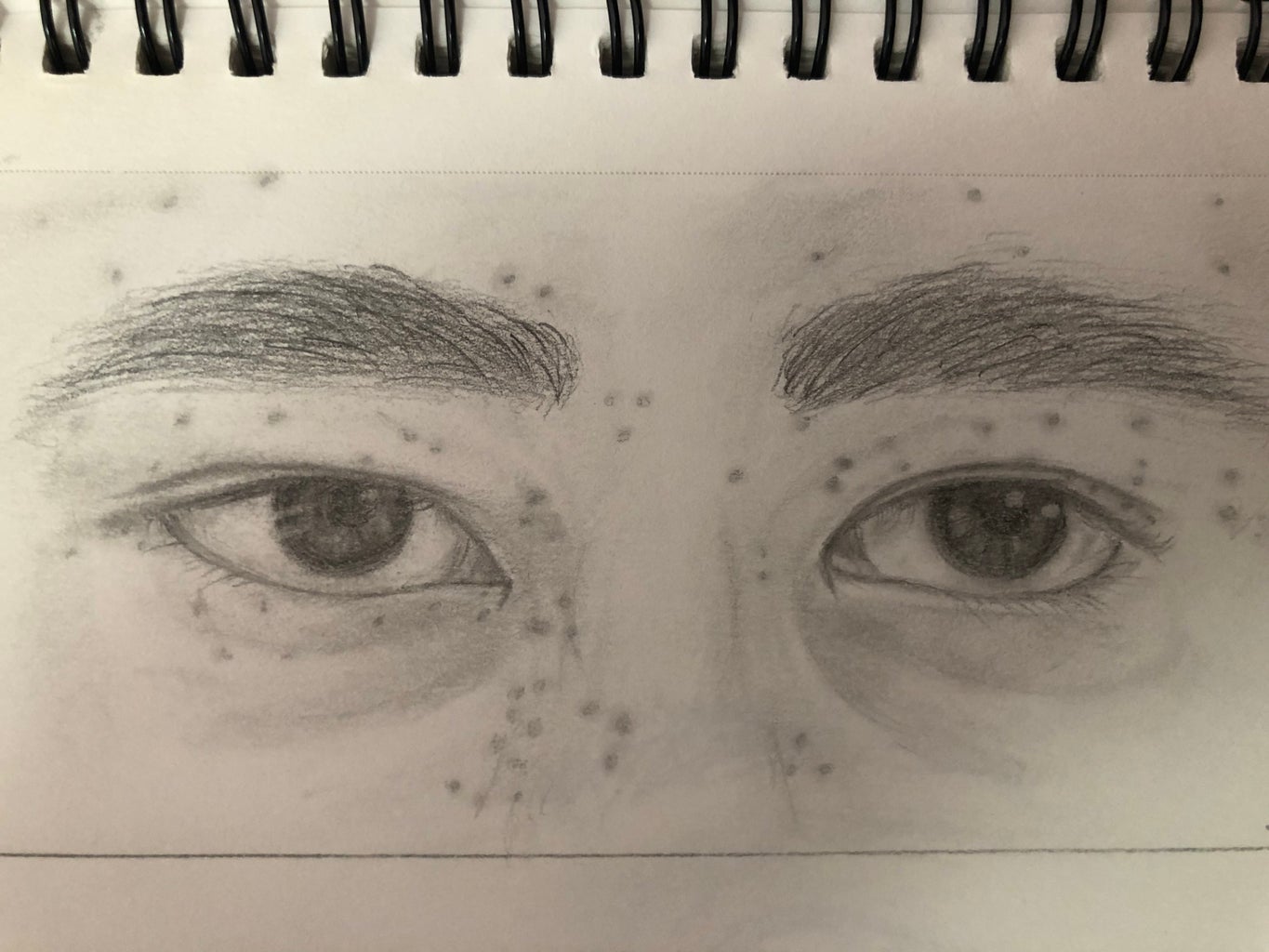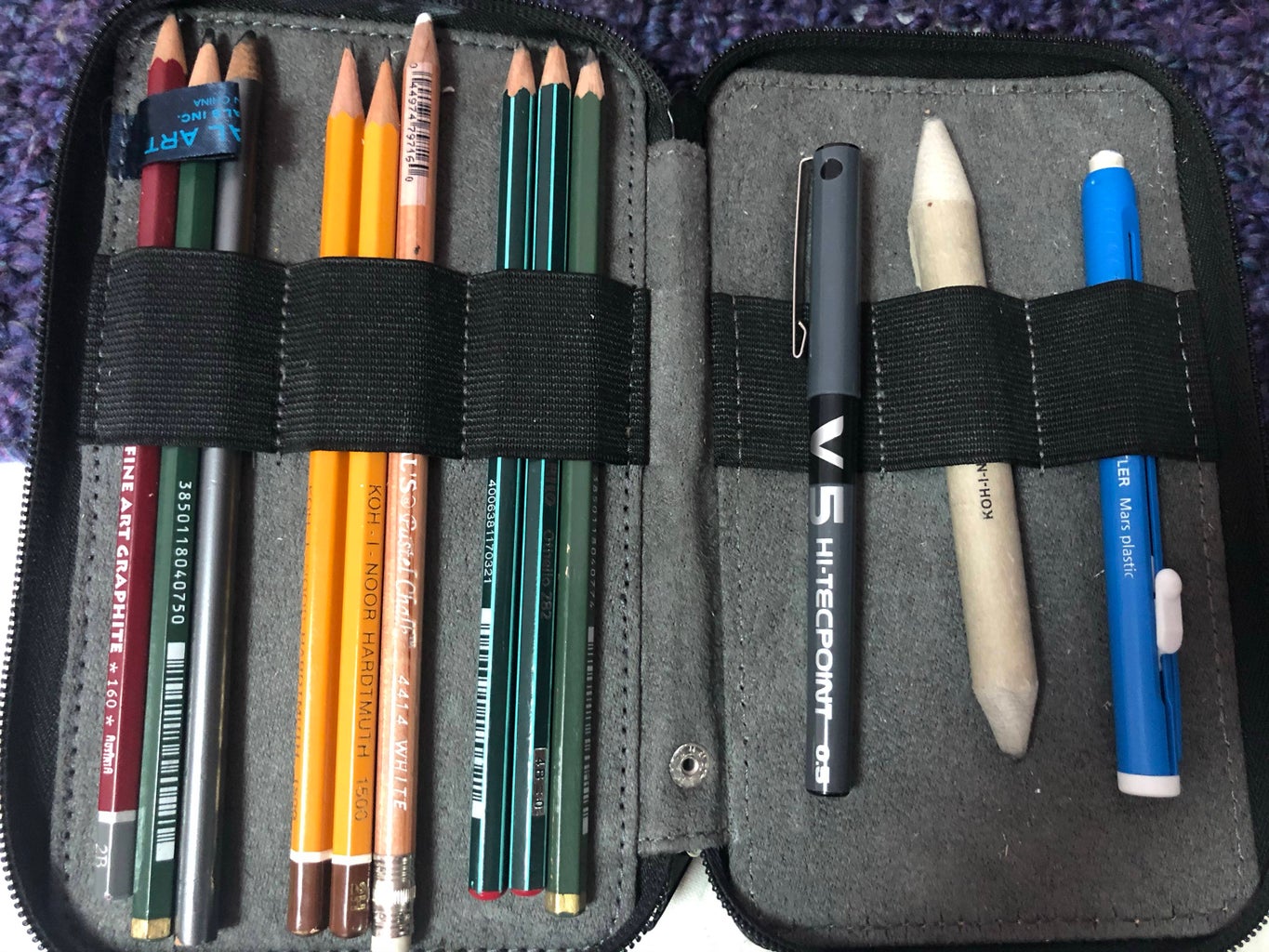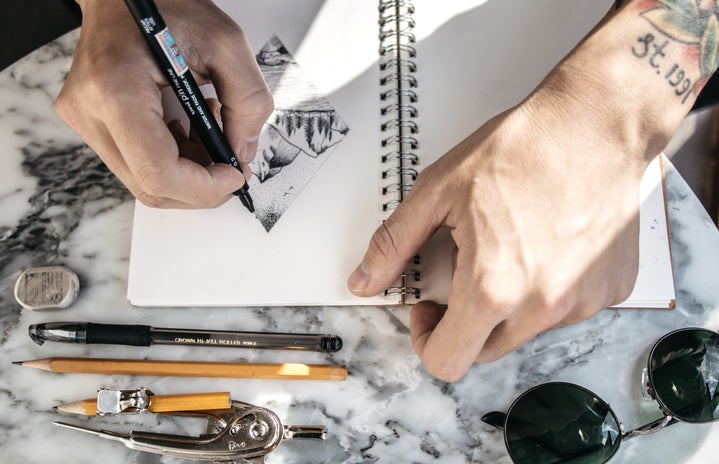We all feel anxiety in some form or another. Generally, how we cope with it is a huge part of who we are. A lot of people find catharsis in doing something with their hands that distracts their minds from thoughts of reality, and keeps them in a more peaceful fantasy. A personal kind of art form, really.
Everyone is an artist at one point in their lives. Unfortunately, there always seems to be a point where we are taught to believe we are not good enough and therefore, we should just give it up entirely. Being “good” at art is completely open to interpretation. You can do whatever you want with it so the only person who should decide whether your piece is “good,” is you.
As I’ve gotten older, I’ve fallen back into art even though I never thought I was any good at it. Since starting university, I’ve missed the comfort it gave me but I was afraid I’d lost some skills that I once had, after not practicing for so long.
I learned once before and there is no reason why I shouldn’t be able to again. That being said, there are a few things I wish I knew at the beginning, and some tricks I had to pick up on my own. Art is something that really is “to each their own,” but that doesn’t mean we can’t get a few pointers every now and then.

I won’t lie, outlining is not my favorite thing. But the best thing about outlines is that they don’t need to be flawless. No outline needs to look like a perfect picture. Art is all about progression and how you build on something, starting with an idea. Don’t freak out if it isn’t right every time.
When you do an outline, start light (use a 2B or HB pencil) and erase as often as you need. There’s nothing wrong with trying again and again. If you aren’t comfortable with your outline, then you might give yourself a hard time moving forward.
I know there are a million books out there that tell you exactly how to draw an outline for an exact image. Yes, technically that’s art but it’s not your art and it will probably have absolutely no emotion or meaning. I wouldn’t recommend following those books. Once you’ve settled on an image, follow it in your head. It’s completely fine if you get it wrong and your proportions are off. That’s good actually.
The fact that you could make something that even resembles your idea is a great start. Getting something out from your head and onto paper is the hardest part. From there you can adjust your lines as needed or you can try again. You might be surprised that repetition of something makes drawing that something easier and easier. You learn what to do and what not to do. You may even get to the point where you no longer need an outline in advance.

Blending is the key to getting from a simple outline to an actual image. The way you fill in an image is what brings it to life. It determines how realistic the image is. This applies to painting and drawing. Light and dark create contrast and this gives shape and life to an image. Always start light and layer on top of that as you see fit. Light can be erased easily, dark can’t and leaves marks.
Think about it like this: how do you want the light to hit the focus of the image? Think about the angle of the light and where different shadows would come from because of the light. It’s good to practice shading by drawing images (so you can see how the light hits the object in reality) of simple things like an apple or something round. From there try an object with more edges, bends, and turns. Anything that is more complex.

Nice art supplies is great but it’s unnecessary. Especially if you’re just getting started. There is no need to go out there and buy all the fancy pencils the internet showed you. Things like that are actually quite difficult to use and take a lot of determination and motivation to control.
Don’t get me started on the amount of dedication a project in color requires. A mechanical pencil can produce equally as good art, (albeit less colorful), with stunning results. However, if you like to really go for it when you try something, there are some cheap supplies that are easy to use and are super helpful.
Smudgers, separate erasers, and a range of different led pencils with a different darkness are great starting tools and are all over the place for pretty cheap. You don’t need name-brand art supplies to work. Save those for later on if you stick with it. No need to pay all that money now. The best idea would be to have an HB, 2B, 4B and 6B pencil. The higher the number in front of the B, the darker the lead of the pencil.
I would also recommend having a small, medium, and large paper smudger (they look like rolled up pencils made of paper). Having multiple erasers is never a bad idea either, some erasers wear out or stain too easily and have little effect.
Make sure the eraser is soft so it doesn’t leave drag marks on your work. A range of sizes for detail is good too. Mix media paper is good to start with but printer paper works in a pinch (I have no issue with it). More expensive paper can be nice but it can be another one of those things that impedes your progress before it betters it. If you’re not feeling printer paper, mix media paper is the way to go and is not expensive.

Motivation sounds so unbelievably cliche but when I choose to draw or paint something that I find to be “attractive,” I’m not talking about a handsome face. I’m talking about something that when I look at it, I want to recreate it or an image that makes me excited to draw in general.
This can be anything at all. Don’t be afraid to draw something so completely random or dark. Don’t be afraid of what you want to put out in the physcial world. Even the darkest of images can be beautiful.
Lastly, some projects can take quite a bit of time. Stop and start as you need to. Don’t try to do it all at once if you don’t want to or you’ll be burnt out, irritated, and probably not as satisfied with you work. But sometimes, just sitting down for however many hours and getting lost in a project can do wonders. Just don’t rush. It’s not a contest.
If you need something else to occupy your mind while you work, watch a show that doesn’t require too much thought and attention and watch it simultaneously. Blast music, talk on the phone, distract yourself. You’d be surprised by the art you can produce when you finally just stop thinking.
And just FYI, if you draw people or faces:
1. The whites of the eyes do have shading (who knew, right?) and can give a very realistic feel
2. On a mouth, the bottom lip should be lighter than the top – it protrudes more so it usually is in the light more than the top lip is



